- Learning time
- 30 minutes
- First play time
- 60 minutes
Azul
Designed by: Michael Kiesling
In Azul you are artists commissioned to cover the walls of Royal Palace of Evora with azulejo: beautiful ceramic tiles!
The game takes place over a number of rounds. At the start of each round, tiles are drawn randomly from a bag (there are five colours of tile) and four are placed in each of the several supply spaces, which are laid in a circle. Players each have their own player board with a 5×5 grid on it, which you are looking to populate with matching tiles.
Everyone takes turns selecting tiles from a supply space to add to their boards, with the caveat that you must take all tiles of the same colour from a supply area, and any leftover tiles go into the middle, which – as soon as it has at least one tile in it – forms a new supply area. If you are the first player to take tiles from the middle, it costs you a point, but you do get the advantage of being starting player in the next round.
The tiles that you collect have to go through a preparation area before you can add them to your display: you’ll see that there are five rows available with equivalent spaces for 1 to 5 tiles on them. If you pick up more tiles than you have room for on a single row, they will cost you minus points!
Once all tiles have been taken, players then add tiles to their grid and score points for each row or column of adjacent tiles: thus, a tile by itself is a solitary point, whereas a tile that completes a column of five and a row of three, for instance, is worth eight points!
Play continues until at least one player has finished a row of five tiles on their board during scoring. Players now score bonus points for any completed rows (2 points) completed columns (7 points) and any completed sets: tiles covering all of the same colour on your grid is worth 10 points!
The game also allows you to play with an empty, uncoloured grid using the other side of your player boards: instead of matching the colours on the board, you may now place tiles wherever you like… except you can only have one of each colour in every row and column!
Joe says
The tiles in Azul are a real draw - they look gorgeous, like a big pile of exotic Jolly Ranchers - and they're smooth and weighty. And the gameplay is more-ish (and Moorish in theme, ho ho); but also pretty brutal. I'd liken this to Ticket to Ride, although the similarities may not be immediately obvious. They're both great ambassadors for the hobby, in that they look great and are easy to pick up for new players; and they can both be played gently or, with a group of like-minded gamers, in a far more competitive, feisty way. It's the latter mode in which Azul shines, I think - as fun as it is to make your pretty patterns, the real game here is stitching up your opponents. In the games I've played I've mostly been on the receiving end - or at least I've not quite figured out how best to dish it out. But I look forward to figuring it out over many future games. One of my favourites from 2017, and certainly one of the prettiest.
The guru's verdict

-
Take That!
Take That!
More than it first appears. Initially it seems like you simply take what you like, but as the game progresses you'll see the opportunities to foist a load of tiles onto somebody that they really don't want!
-
Fidget Factor!
Fidget Factor!
There can be pauses, for sure...
-
Brain Burn!
Brain Burn!
...because as each round starts to close out, you want to look ahead and see where someone is going to really mess you about. Can you avoid it? Can you negate it in some way? Can you get a jump on them by giving them a problem of their own...?
-
Again Again!
Again Again!
You're always doing the same thing: building that grid with those pretty tiles. But there's always that delicious tension too, and there are strategic options: try and build a big point-scoring grid, or race to the finish by building a row as quickly as possible?

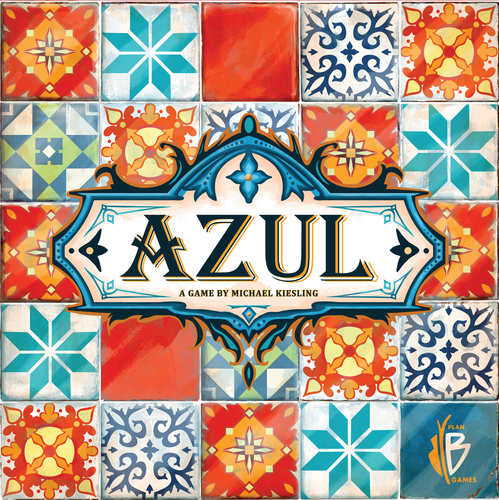


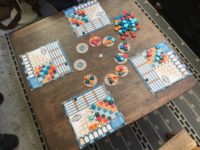
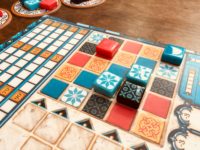
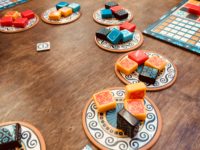


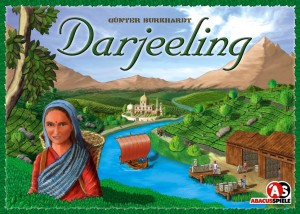
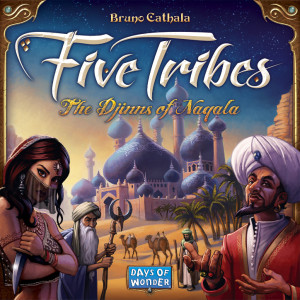
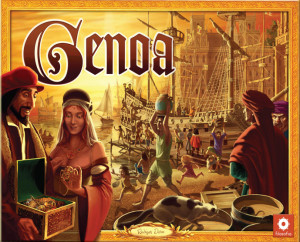

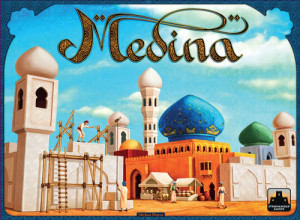
Sam says
This is fairly easy for youngsters to pick up, but it's deeper than the rules suggest: decisions can be agonizing as the middle supply fills up with tempting goodies... or maybe you really want a single tile from somewhere but taking it gives someone else a juicy four or five-tile haul from the middle! I wouldn't say I really envision myself covering the walls of the Evora building a mosaic - it's too abstract for that - but the gameplay is tantalizing and the tiles themselves look gorgeous too. (If you like the idea of building but would prefer a less feisty experience, then Sagrada would be a gentler option)